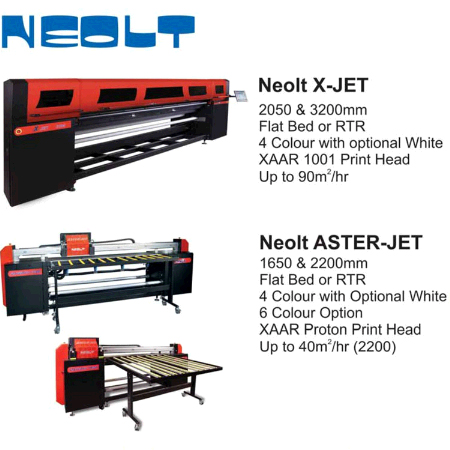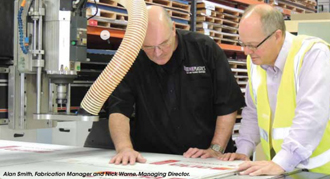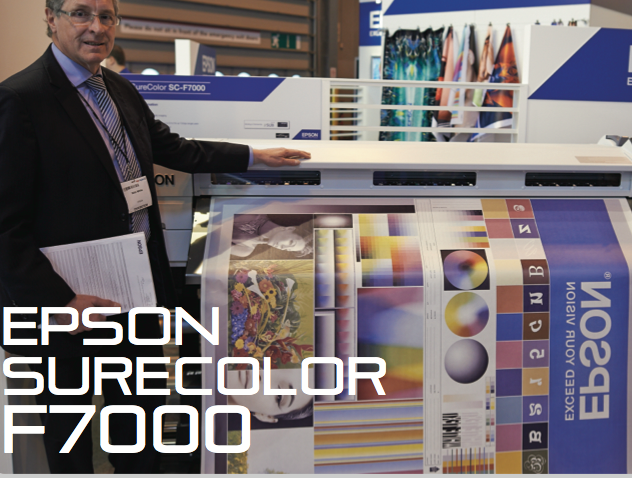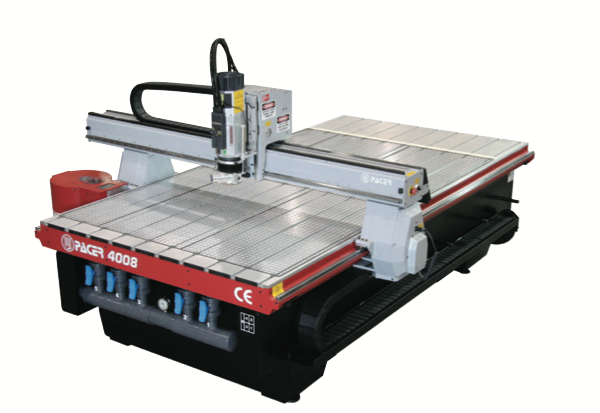Nessan Cleary talks to users about how this package has evolved from being financial management tool to a vital part of the production system for the modern wide-format operation.
Management information systems (MIS) have become increasingly important to print businesses, partly because there’s more emphasis on automated throughput than there was, but also because the role of the MIS has changed. Traditionally such systems have been all about gathering financial information so that managers can make the best decisions for the smooth running of a business. But increasingly the MIS now sits at the heart of the production process, running everything from estimating and quoting to generating delivery notes and invoices.









